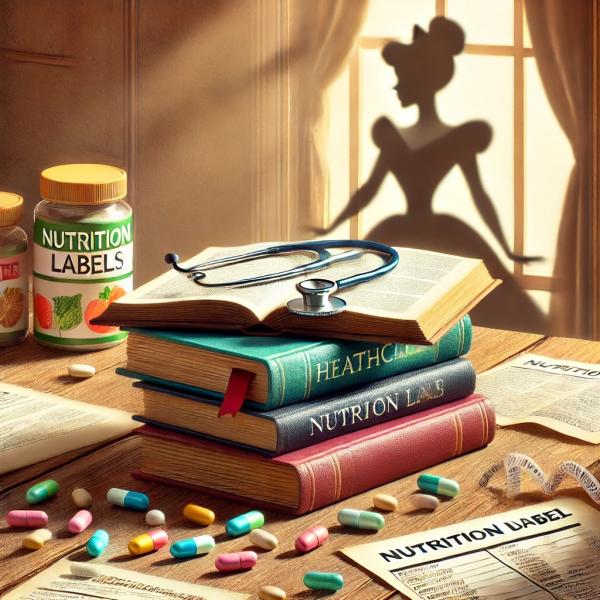
A lot of digital ink has spilled over United Healthcare recently, accompanied by the usual finger pointing. But in not letting a crisis, or in this case, a tragedy, go to waste, I offer this piece that explains how our healthcare is rationed.
“So UHG has been under a lot of legal heat. But notice something about these lawsuits? None of them have to do with health insurance. UHG was sued over its manipulation of drug pricing, for buying a financial company, and for trying to acquire a bunch of medical caregivers.
UHG, in other words, is not primarily a health insurer, but something new. It is the biggest employer of doctors in the nation, it has a significant software business, and it sits in the middle of the pharmaceutical pricing chain with its OptumRx pharmacy benefit manager and giant mail-order pharmacy. In 2020, when the U.S. government delivered tens of billions of dollars to hospitals, guess what financial conduit it used? Optum Bank, which is also owned by UHG. And it is now in the pharmaceutical production business, as is CVS.
UnitedHealth Group isn’t, as Noah Smith believes, spending $241.9 billion paying for medical costs, it is trying to figure out how to use that money from UnitedHealth Care - its insurance arm - to buy from Optum - its arm of everything else. UHG even has a term for this spending, ‘intercompany eliminations,’ which have now reached 27% of its revenue.”
The article is a bit long, but it takes more than a few words and a moment to understand the scope of the dilemma. From Big, It's Time to Break Up Big Medicine
Food labels may be in for an overhaul under the next administration.
“The most obvious purpose of the Nutrition Facts label is for consumers to learn the nutritional properties of a food. In practice, however, this label has done much more than simply inform shoppers. It also encodes a wide range of political and technical compromises about how to translate food into nutrients that meet the diverse needs of the American public.”
From The Conversation, a primer on food labels for the upcoming headlines, Nutrition Facts labels have a complicated legacy – a historian explains the science and politics of translating food into information
Here is the simple truth.
“The Simple Truth Thesis encourages us to hold that a given truth is so simple and so obvious that only the ignorant, wicked, or benighted could possibly deny it. As our popular political commentary accepts the Simple Truth Thesis, there is a great deal of inflammatory rhetoric and righteous indignation, but in fact very little public debate over the issues that matter most. Consequently, the Big Questions over which we are divided remain unexamined, and our reasons for adopting our different answers are never brought to bear in public discussion.”
From 3QuarksDaily, The Myth of Simple Truths
Hopefully, tongue in cheek
“Disney princesses face serious real world health hazards. Surprisingly, however, despite these risks they seem to live happily ever after. Disney must consider interventions to overcome these health challenges.”
From the BMJ, Living happily ever after? The hidden health risks of Disney princesses



